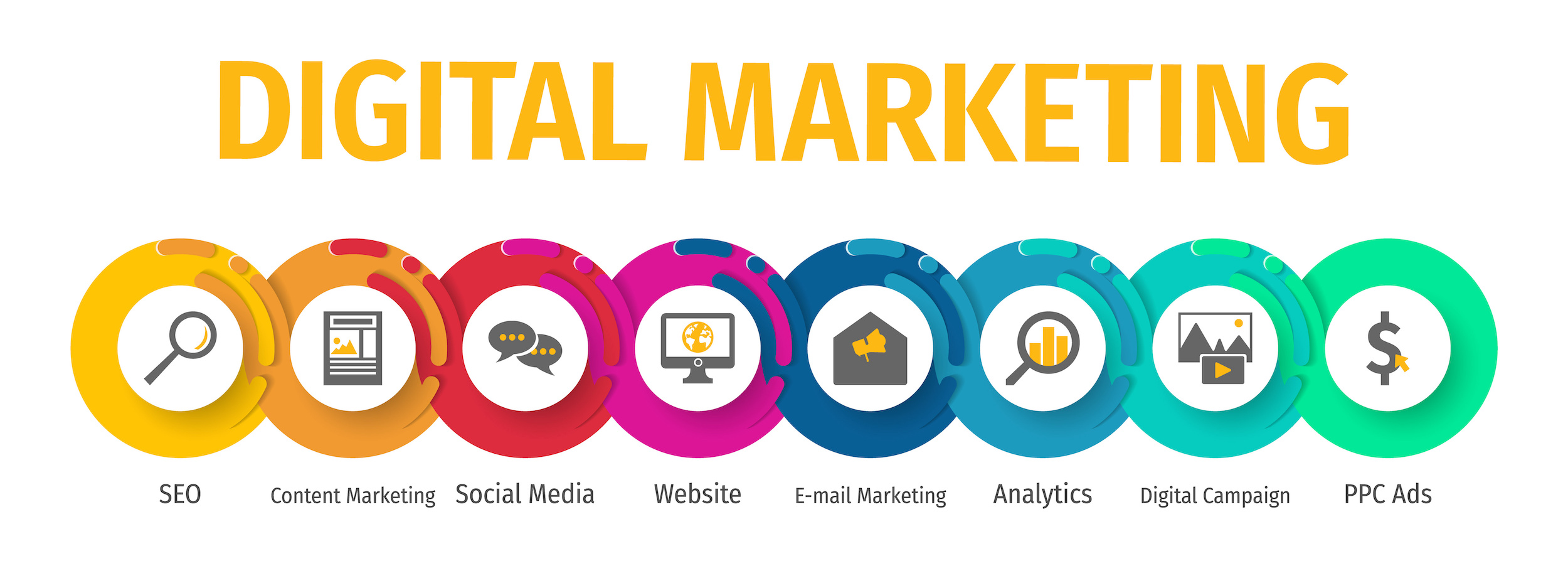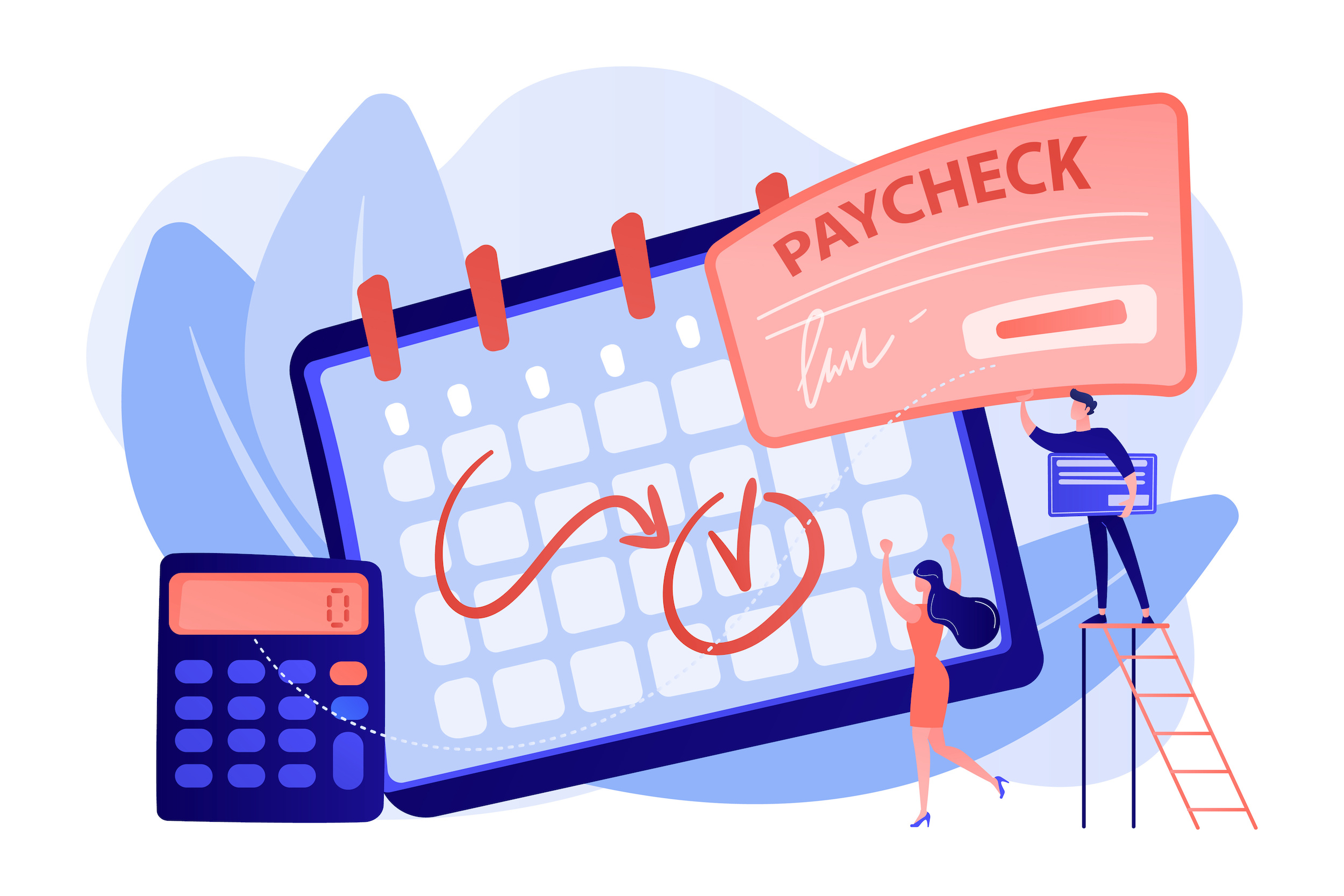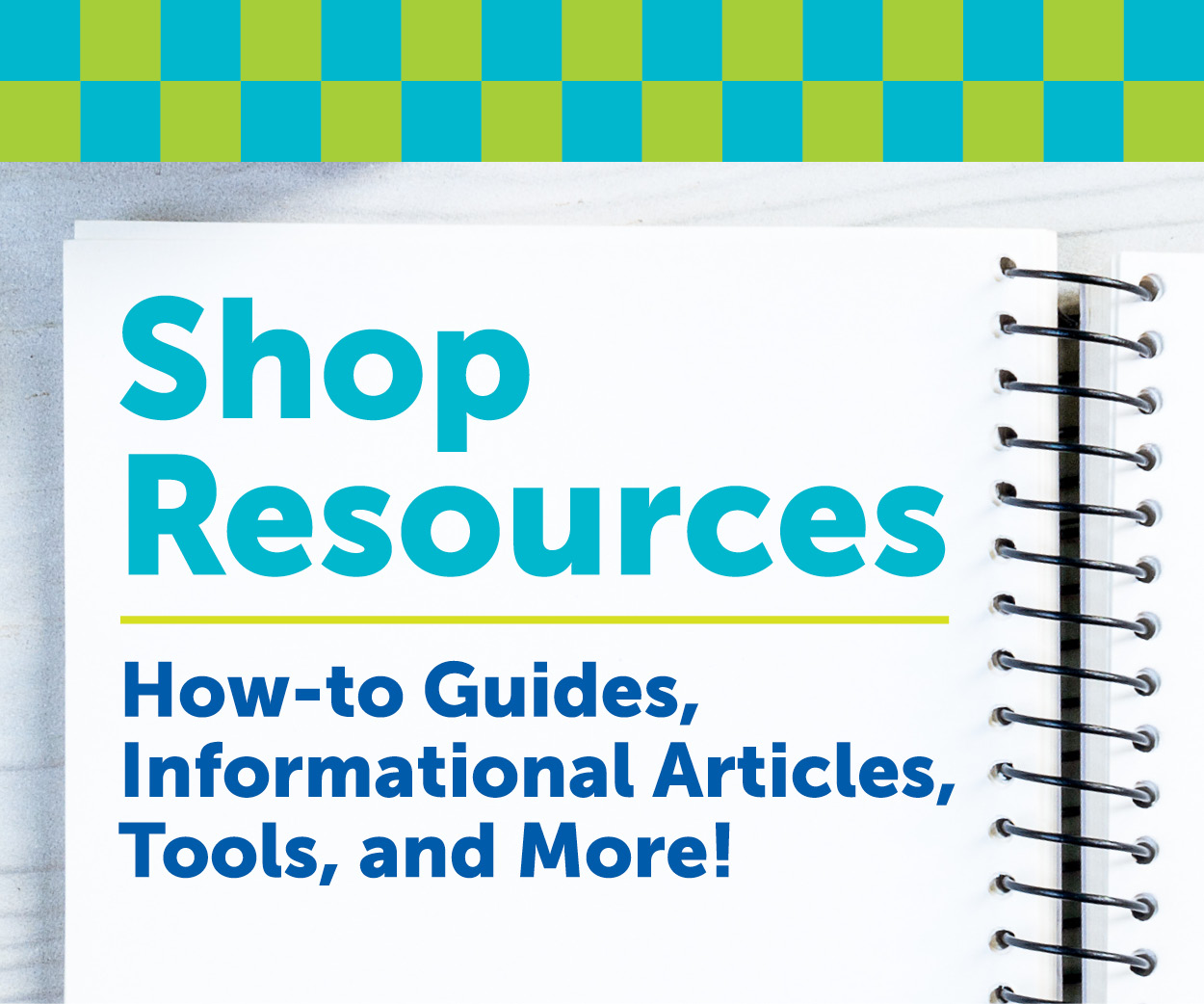
Isn’t it ironic that you can read a guide to blogging from a blog? Every small business should have one—read on to find out how to start yours.
Blogging 101
The first thing to know about blogging is that your customers are your readers. So blog for them!
Second, the content you’re blogging about should be constructive. It’s easy to think of blog ideas when you think of what you’d like to know. Topics can include day-to-day problems, social media tips, display ideas, inventory management, what gets you inspired (including self-help books and self-care strategies), the list is endless really.
Third, you don’t have to write a lot, but you should post often. When it comes to blogging consistent content is more important than thorough content. Speaking of content, people are visual thinkers and learners so images are important. Believe it or not, a catchy title can go a long way as well.
Finally, get the whole team involved. Your blog will go places further than you imagined when you bring in others to help.
Executing your blog
The easiest way to stay consistent with blog posts is to plan them out. A great way to plan your content is to become inspired by customers! What questions have they been asking lately? Is there any sort of product that seems to be in higher demand?
Similar to your physical store, you should interact with your customers online. That is, if someone comments, respond!
Last but not least, analyze your readership numbers. If something doesn’t seem to be working, try something new to see if that fixes it.
If you’re looking for more information to guide you in owning a retail business, subscribe to American Quilt Retailer today. Already a subscriber? No worries—join our Facebook group for insights and dialogue from industry specialists like you. And don’t forget, you can always purchase single issues if you prefer that instead.













